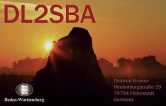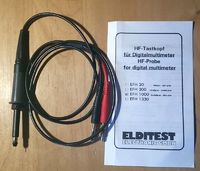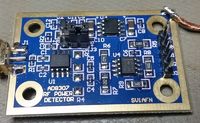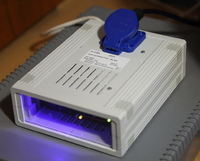 My second SOTA activation is done. Monika (DL6SCF) and I made a short hiking trip on the Swabian Alps. On top of the Kornberg we made a stop and started the activation ... unfortunately we have to shut down operation due to a rising thunderstorm.
My second SOTA activation is done. Monika (DL6SCF) and I made a short hiking trip on the Swabian Alps. On top of the Kornberg we made a stop and started the activation ... unfortunately we have to shut down operation due to a rising thunderstorm.
 During a business trip, I took the chance to activate a mountain in the Bavarian low mountains - Kleiner Kulm.
During a business trip, I took the chance to activate a mountain in the Bavarian low mountains - Kleiner Kulm.
My current working conditions for SOTA are:
- ELECRAFT KX3. With its build in antenna tuner it does a quite remarkable job.
- For the power I use a LiFePO4 battery with 12V 6,6Ah with a build in BMS.
- Microphone for the SSB contacts is the stock-mike from ELECRAFT.
- For CW I use the Palm Pico Paddle.
- Antenna is a HYENDFED 3-band antenna.
- Flight-Deck for KX3
- A 10m fibre pole from DX-Wire - MINI
- Some velcro-straps
I've used one of these cheap switch-mode DC-DC converters (available on eBay for a few bucks) for my WSPR U3S transmitter. Checking the transmitted signal reveals strong spurious emissions. Hints from the QRPLabs group leads me to the cause - the DC-DC converter. Replacing it with a linear LM317 one solves the problem.
I've checked this extremly simple concept for spurious emissions and whether they're compliant with the current regulations ...
Yesterday I've build the FROG SOUNDS 40m CW QRP transceiver.
I've ordered it as a kit from eBay Seller for about €10,- inclusive shipping to DL. The kit arrived well packed after about 15 days in my postbox.
Currently I've done 6 QSOs with the Frog and my dipole antenna.
In 2015 I've build the Frog Sounds QRP transceiver.
This little transceiver still needs improvement:
- The output is still only 400mW
- The key-click is horrible - even with the additional audio cw-filter.
- The suppresion of harmonics is very bad. Check below.
If someone has any ideas how to fix this, please Diese E-Mail-Adresse ist vor Spambots geschützt! Zur Anzeige muss JavaScript eingeschaltet sein!.
Since last weekend a new QRP transceiver joined my shack 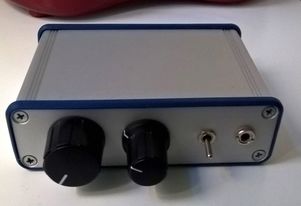 I bought her used from a German HAM via the QRPFORUM community. The transceiver is one of the older projects from the DL-QRP-AG but still a neat little transceiver. It is still offered in kit-form from QRP-Project in Berlin.
I bought her used from a German HAM via the QRPFORUM community. The transceiver is one of the older projects from the DL-QRP-AG but still a neat little transceiver. It is still offered in kit-form from QRP-Project in Berlin.
Here some analysis of my recorded spots data with my spot data collector. As of today there are 45.000 spots recorded in my database.
My WSPR data collector is now running some days and I started with some basic data analysis.
The power on the bands 60m to 20m is about 100mW!
Inspired from some work found on the Internet and the full functionality of my U3S I've build an automatic spot collector. The spot collector pulls every 5 minutes my spots from WSPRnet.org and puts it into a MYSQL database for later analysis. See the schematic for this setup 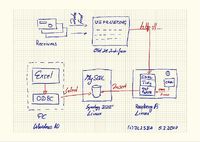
Alle Informationen bezüglich vna/J sind auf eine neue Webseite umgezogen:
All information regardung vna/J is moved to my new site
In case you've bricked the UNO bootloader or even the USB bootloader in the ATMEGA16U2, this may help ...
For the main power distribution in my house, I also build a powersensor. The basic idea is the same as for this sensor. But the electric meter is already build into the distribution cabinet, so this power meter uses the so-called S0 bus of the power meter inside the cabinet.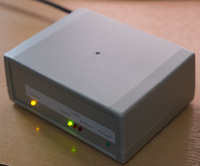
This is my first power/voltage sensor I've build. It is based on an commercially available powermeter from B+G E-Tech. You can find them on eBay or their website. It provides a 90ms pulse for each Wh flown through it.
The line voltage is measured using a simple transformer and a circuit based on the schematic from OpenEnergyMonitor. The software to measure the line voltage is also from OpenEnergyMonitor embedded into my sensor framework.
